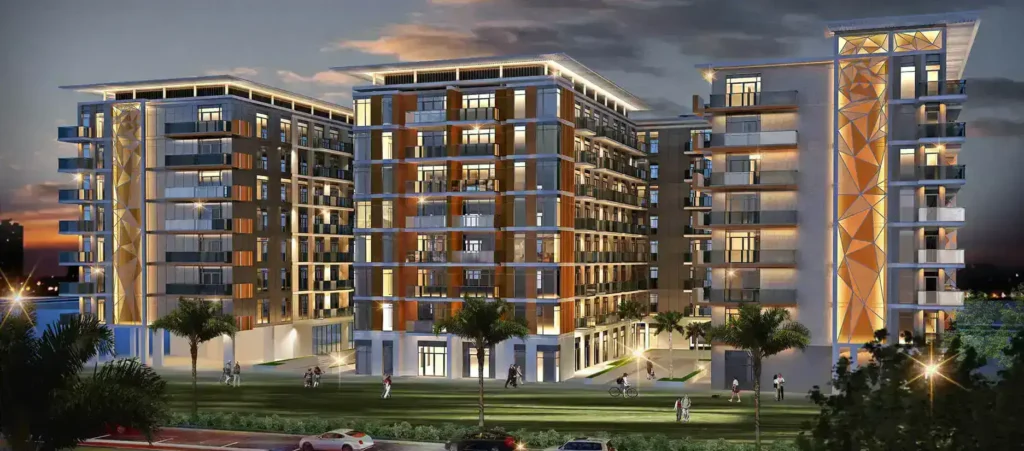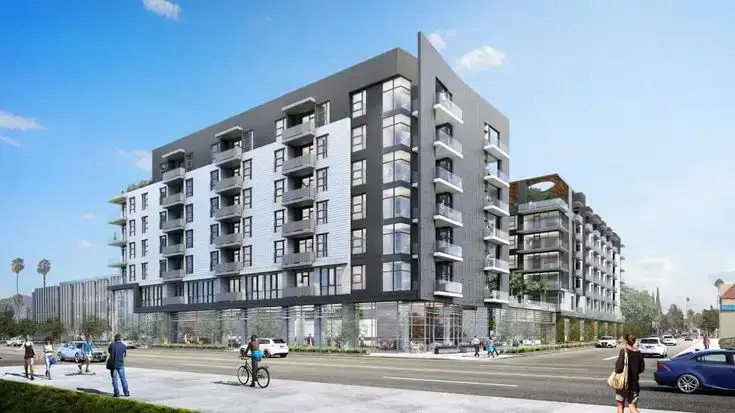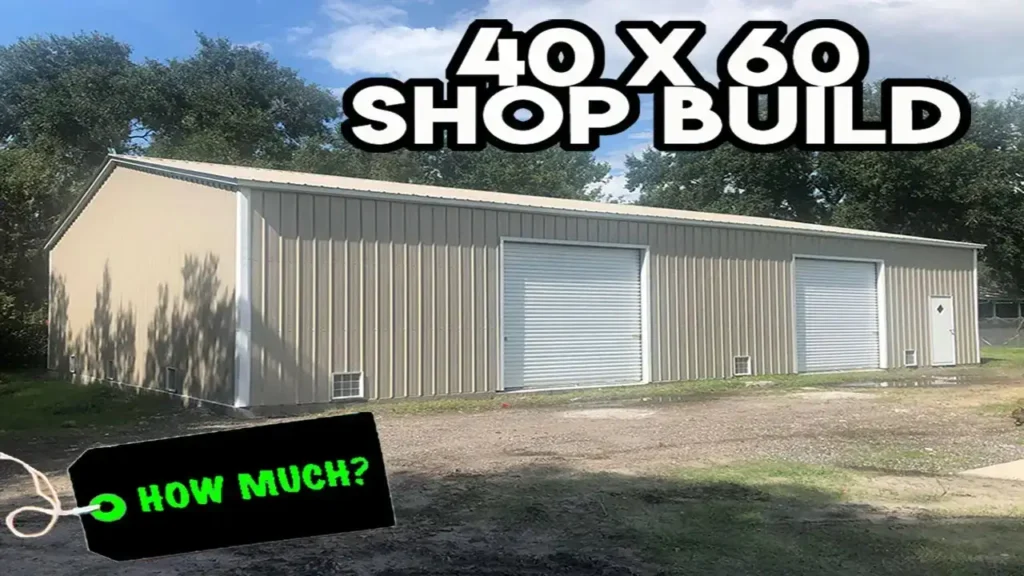An apartment complex is a group of buildings with many apartments in them. The number of apartments in a complex can vary depending on the size of the buildings and the design. Some apartment complexes have just a few units, while others can have hundreds of apartments. Each apartment is a separate living space that people can rent or buy.
How Many Apartments Are In a Complex often depends on factors like location and the developer’s plan. A small complex might have 10 to 20 apartments, while larger ones can have 100 or more. It all depends on the size of the land, the building design, and what the community needs.
Apartment Complex Sizes

Everyone knows that apartment complexes come in all possible sizes in any given country, city, or region, and the expectations and visions of the developer for such apartments are specific.
1) Location Matters
Location plays the most important role in determining the size of an apartment complex: apartment complexes in urban settings will tend to be smaller and contiguous with a lesser number of units than in rural and suburban areas where space is more readily available.
2) Purpose of the Complex
The most important dimension is the intended purpose of this apartment complex, indicating as well then how these buildings are constructed because maybe there won’t be so many specialized units, as it is meant for the elderly and for students.
3) Developer’s Vision
The other determinant for some apartments is vision. Some builders would want to develop a small and high-end with fewer apartments or units for a good quality or high-end market renter, on the other hand, they would develop a bigger and cheaper to provide enormous capacities to the market.
Factors Determining the Size of Apartment Complexes
Zoning Laws: Generally, local zoning law limits the number of units allowed in an apartment building. Such regulations keep the neighborhood’s character and avoid overcrowding
Land Availability: The amount of land is an influencing factor for the size of the apartment complex as it directly relates. Larger sites increase the number of building units, and smaller sites limit their development.
Market Demand: With high demand for rental, it would be preferable to encourage larger property developments rather than smaller developments. In contrast, when demand is low, this might lead to smaller project
Investment Budget: The developer’s budget significantly influences the scale of construction. Larger complexes require higher investments, while limited funding may lead to smaller-scale developments
The Average Apartment Complex Size and Its Cost
The apartment complexes in the United States may vary according to size but usually average about 50 to 400 units. However, exceptions exist and it is essential to research particular markets and locations to get accurate data.
Apartment Complex Size |
Number of Units |
Updated Average Cost |
| Small Complex | 50–100 units | $25 million – $90 million |
| Medium Complex | 101–200 units | $95.05 million – $500 |
| Large Complex | 201–400 units | $510 million – $1 billion |
| Exceptional Cases | > 400 units | > $1 billion |
Costs can vary immensely according to location, building materials, labor costs, and the complexity of the design.
Maintenance and Repairs
Most big apartment buildings will design additional communal areas for them. Hence, they will have large numbers of units needing maintenance and repairs. Yes $40,000 to $80,500 to maintain and repair an average unit would be what you would during one calendar year
Property Management
Property management usually is charged for larger apartment complexes in the line of 4% to 10% of the total monthly rental income of the complex. Indeed, as the size of the complex increases the management activities and the costs associated with them increase.
Marketing and Advertising
It requires a heavy budget to market and advertise larger apartment complexes to attract prospective tenants. You can expect to spend $25,000-$60,000 per month to do this properly.
Insurance
Large apartment complexes will generally have company insurance costs – homeowners insurance and perhaps liability insurance – from $30,000 up to $90,000 yearly. It depends on what the size of the complex, location, and coverage type would desire.
Conclusion
Management of apartment complexes is a high-cost affair partly due to construction, maintenance, and legal compliance. Time churns with higher investments when managing larger complexes in property management, utilities, and marketing. However, if they are well-planned, apartment complexes may generate huge amounts of revenue for property owners.
FAQS
Q1) How much do apartment utilities cost?
When it is a bigger complex, the prices for such utilities will also be higher. Tenants may further pay for the owner’s utility bills.
Q2) How much is the marketing budget of an apartment complex?
Advertising for a larger complex usually costs about $25,000 or even over $60,000 per month. This is meant to attract new tenants.
Q3) What is the price of insuring an apartment complex?
Figures say insurance costs range from $30000 to $90000, with this variance largely dependent on the requirements of the complex as well as its size.


